 Certain bumps in the road are expected when embarking on a European vacation. Jetlag is a pain; the language barrier is always tricky, and doing one’s best to enjoy, but not offend, the culture of another country can be a delicate tightrope walk. You plan your trip, read your guidebooks, and do your best to prepare for these foreseeable hurdles. Some difficulties, however, take you by surprise, and all you can do is scramble, improvise, and cope. These are inconveniences like…
Certain bumps in the road are expected when embarking on a European vacation. Jetlag is a pain; the language barrier is always tricky, and doing one’s best to enjoy, but not offend, the culture of another country can be a delicate tightrope walk. You plan your trip, read your guidebooks, and do your best to prepare for these foreseeable hurdles. Some difficulties, however, take you by surprise, and all you can do is scramble, improvise, and cope. These are inconveniences like…
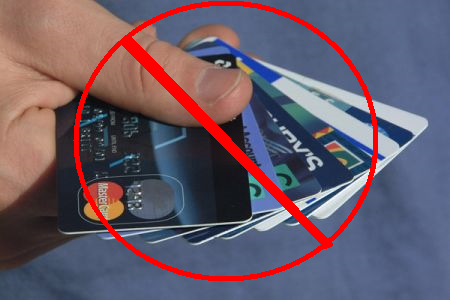 5. Nobody Takes Debit/Credit Cards
5. Nobody Takes Debit/Credit Cards
When I told my parents about my trip to Europe, the first thing my dad suggested was that I pick up some traveler’s checks. I balked. I had only purchased traveler’s checks once, and I was met with nothing but refusal at every place except Starbucks. Rather than turning a coffee shop into my own personal ATM, I told my Dad that aside from my emergency cash, I would just bring my debit card. After all, it fit nicely in my money belt, it prevented me from having to carry around all my travel funds, and credit cards are used the world over. No fuss, no muss.
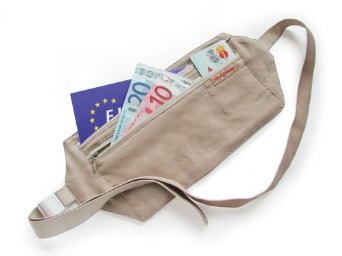
Money belts give you the peace of mind that comes from their lightweight secure design and the fact that they make potential pickpockets think you're wearing an adult diaper.
Wrong. I was shocked at how many places in major metropolitan cities did not take credit cards. From restaurants, to ticket booths, to museums, loads of businesses were working on a cash-only basis. Were they all avoiding taxes? Fronts for the mafia? Moral opposition to plastic? Whatever it was, I often found myself having to rummage around in my money belt to make sure I had enough Euros for my purchase.
Now I had no great hopes for Mom and Pop coffee shops or little cafes. Yet, big-time stores, eateries, and attractions refused accept to debit or credit cards. It was nothing but cold hard cash at places like a restaurant in Madrid’s Plaza Mayor, a big grocery store chain in Rome’s Termini Station, and even the Uffizi museum in Florence.

In fairness to the grocery store, it's probably better for all involved if there's no paper trail when someone buys this racist cereal.
The biggest offender, however, was The Colosseum. You have one of the largest tourist traps in Italy’s capital, where swarms of foreigners flock every day, and they bafflingly only accept cash. Suppose you brought a family of four to see one of the best-known sights in Rome. Just getting admission and a quick tour will cost you a pretty penny (or Euro coin, whatever’s your fancy). You’ll be forking over the equivalent of one-hundred dollars in cash, and hoping that wherever you decide to go for lunch accepts debit cards.
I can understand a small shop or restaurant not accepting debit or credit, but The Colosseum? I know it’s nearly two-thousand years old, but it wouldn’t hurt to take a few steps into the 21st century. For a city with a big pick-pocketing problem, Rome sure expects you to carry around a large number of bills.
I know. I know. I know. “It’s a different experience.” “Spoiled Americans expect to be doted on.” “Meals are an event, not a race.” I get it. I understand. But by god, there are limits.
To the point, most of the time in Europe, my traveling companions and I were in the market for leisurely meals. The smoldering August sun gave us plenty of reasons to enjoy a long lunch indoors. Moreover, since we had little interest in partying, our evenings were geared toward lengthy relaxing dinners. The service, on the other hand, frequently crossed that line between a relaxed dining experience and a dawdling, sluggish ordeal.
Heaven forbid you mention that you still need a minute to look at the menu before ordering. Don’t expect to see your waiter for another twenty minutes. Plan accordingly if you expect you’ll want a refill on your beverage. Trying to find service once the meal arrives is the dining equivalent of Where’s Waldo. You might even consider paying in advance. Asking for the check is like flagging down a plane while stranded on a desert island. The whole experience is a bit like playing hide and seek with your waiter.
I can’t help but wonder, what exactly are the waiters doing? It’s not like you see them waiting on many other tables. You don’t see them giving orders to the kitchen. They just sort of disappear into thin air, returning half an hour later with your entrees, among other souvenirs from Narnia.
There has to be a midpoint. Neither extreme really works. We don’t need American waiters checking on you seventeen times during the meal like a concerned relative. We also don’t need European waiters saying a quick hello and then abandoning you while they go off to do their laundry before taking your order.
The rise of computers and the internet have made staying in touch with friends and family during a European vacation ten times as easy. In every city I visited, I was able to find a few inexpensive internet cafes that allowed me to keep my girlfriend, parents, and friends up to date. It also let me keep abreast of the news of the world and not miss any important e-mails that might arrive during the trip. There’s only one little annoyance amidst all the benefits of this innovation – European keyboards have a different layout.
Now clearly, this is the most minor of inconveniences, but what got me about it is that it’s one of those things you just wouldn’t anticipate. Sure, Spanish, Italian, French, etc. all have a few different accents or punctuation marks in their linguistic array, but English and the Romance languages more or less work with the same tools.
It’s that large similarity that made typing on a European keyboard a sporadically annoying experience. You’re typing along, enjoying the QWERTY you know and love so much, when it comes time to type an e-mail address. Instead of the “@” hovering above the two in its familiar location, you’re scrambling to figure out the three-key sequence that allows you to insert the symbol. Punctuation keys like quotation marks and apostrophes have been rearranged, leaving you accidentally adding dashes and underscores. Eventually, you give up and just start typing like a middle-schooler who just learned how to text message for the first time.
Again, there’s nothing so terrible about having a different keyboard layout. I’m sure the EU citizens have grown quite accustomed to it over the years. It’s just one of those basic things you wouldn’t expect to be different across the pond, and which makes you sound like a gossipy tween when you’re on the internet.
If, like me, you decide to travel to countries like Spain and Italy in August, you’re asking for it. It’s going to be hot. There’s no avoiding it. Part of travel is walking around the cities you’re visitng, and you should know what you’re getting into. Pack light clothes; invest in a large container of water, and aim for the shade when necessary. The heat is part of the deal; you have no excuse.
What I didn’t expect, however, was the overwhelming scarcity of any air conditioning, let alone good air conditioning. As with credit cards, the places you would expect to be equipped like fancy restaurants and sizeable shops seemed to be almost entirely devoid of climate control. Chances were that you’d walk inside and suffer the same blistering heat you faced outside.
If you were lucky, you might find a place with a dinky little window unit, that’s essentially useless if you’re not directly in front of it. These were almost worse, because they taunted you with the promise of coolness. Instead, they merely teased you with a tinny hum and a meager, sputtering breeze.
Maybe it’s just something you get used to. I’ve been spoiled in Texas to enjoy the fruits of central air whether I’m in a car, a home, or a business. Even in New York where the heat generally isn’t as oppressive, your average corner store can at least keep it cooler than outside. In Europe, refuge from the heat was few and far between. My friends and I even sauntered around a Madrid department store just to enjoy a respite from the swelter for a bit.
But the worst part was sleeping in it. With no break from the heat, it’s not only hard to fall asleep, but hard to truly feel rested. You wake up covered in sweat, fighting heavy eyelids, and spend much of any given morning trying to shake off the fog of a night spent being baked in a low-grade oven. Trekking around Europe takes it out of you, and ineffective or absent air conditioning doesn’t make it easy to recuperate. On the plus side, it gives you your own de facto zombie walk.
Bathrooms are one of those things you take for granted. It’s the sort of thing that cuts across, nations, cultures, and civilizations. Aside from the occasional run-down restroom, you don’t expect too many problems with this particular issue when traveling overseas. I certainly didn’t. Oh how wrong I was.
The problems of European bathrooms are three-fold. The first is the most notorious – pay toilets. Truth be told, they’re not particularly prevalent. I only ran into them at train stations and other travel-heavy sites. Still, it’s striking to see the elaborate automated barriers, like those you might find at the entrance to a subway station, protecting a humble restroom. Plenty of people, many of whom were speaking to each other in the local language, puzzled over how to navigate this Orwellian toilet-protection mechanism. To boot, $1.50 seems pretty steep price something as basic as relieving oneself.
The second problem is easily the most puzzling – the absence of toilet seats. Living in America, you know that there a few creature comforts you take for granted. Still I never imagined that a place to sit while going to the bathroom would be one of them. This wasn’t just at hole in the wall cafes either. Again, both the freaking Galleria dell’Academia and the Uffizi Museum were 100% toilet seat free. I have to admit that this one just confused me to no end. Are these businesses worried about toilet seat theft? Had the toilet seats at these venerable museums already been stolen? Are toilet seats just an extra expense for cost-cutting businesses? God only knows.
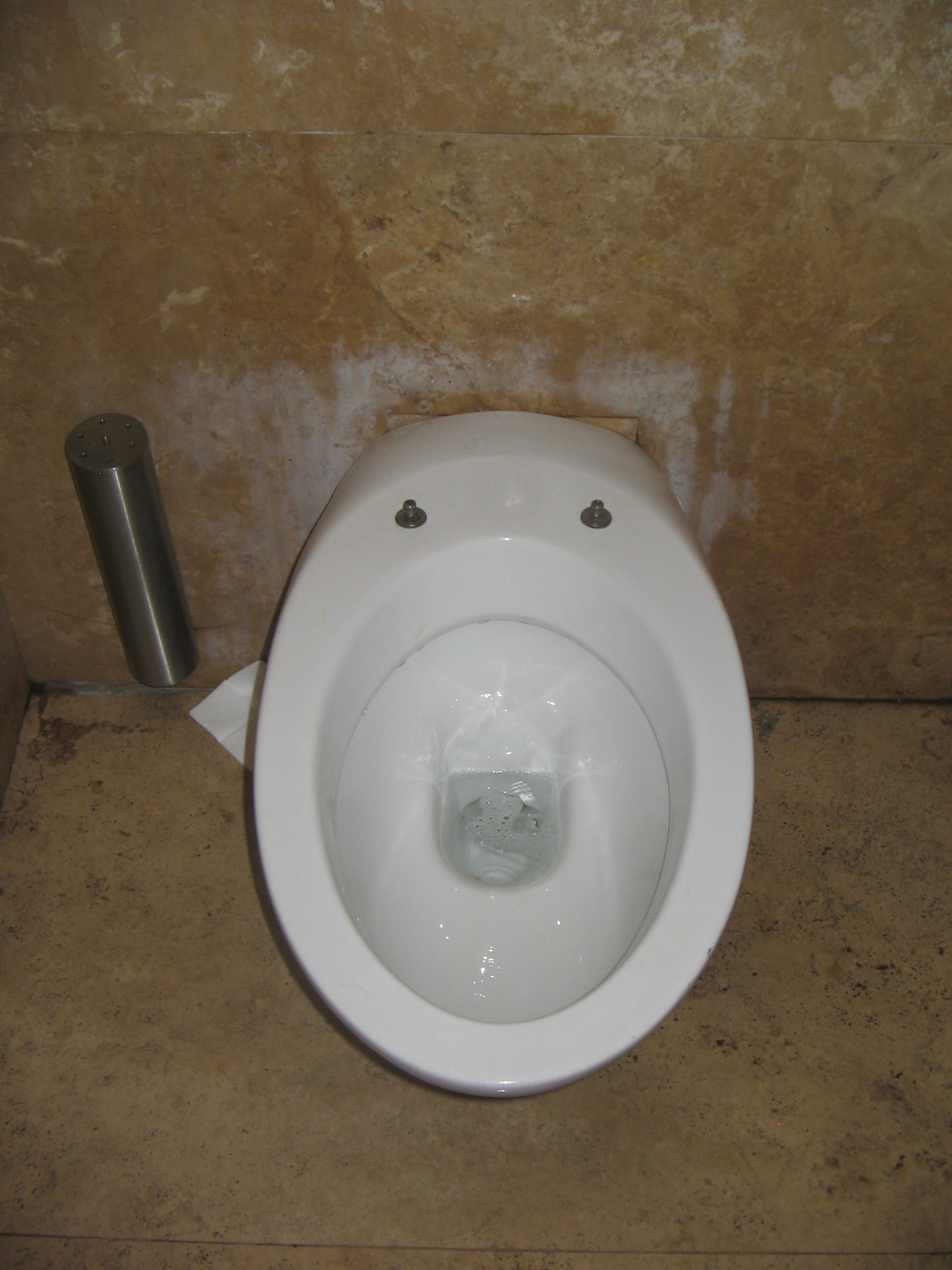
A genuine seatless toilet from the Uffizi Museum in Florence, Italy. The people seemed puzzled when I told them I was taking a picture of a toilet for my blog.
Last, but certainly not least, many restrooms in Europe have their overhead lights on a timer. In other words, you turn a little dial in the bathroom where the light switch would normally be to turn on the lights. Rather than relieving oneself with the hereto unshakable confidence that you will not suddenly be plunged into darkness, you race against the clock to finish your work before time is called and you’re left to fumble around in a little pitch black toilet chamber.
Now in principle, there’s nothing wrong with timed lighting in bathrooms. It’s a room that’s not always in use, so the business may as well save on electricity. The kicker is that the timer invariably gives you a minimal amount of time, as in, a minute and a half tops. By the time your pants are off, you may find yourself bathed in darkness. This rapid-fire blackout gives new meaning to the expression, “do your business and get out.”

"Squat in the dark / Cause you're too late / Honey you give Rome / A bad name." - My Clever Girlfriend
For many of the items on this list, you may be thinking “stupid spoiled American.” I’d say that’s pretty fair. Plenty of these inconveniences are perfectly valid cultural differences that just require some adjustment. Bathrooms, on the other hand, are not one of them.
In an industrialized nation, being able to use the restroom is not a luxury. Having light while you use the restroom is not a luxury. Toilet seats are definitely not a luxury. Get it together, Europe.
I’ll be coming back to check on you soon.



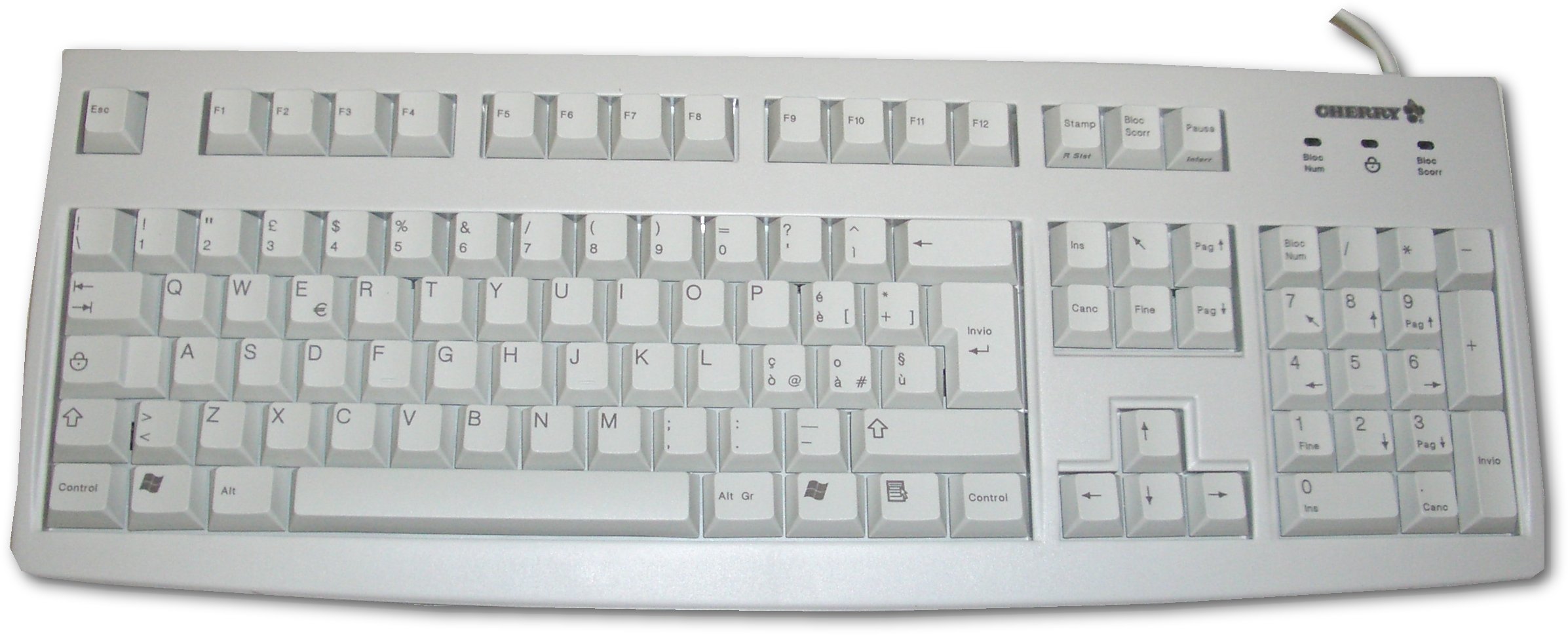


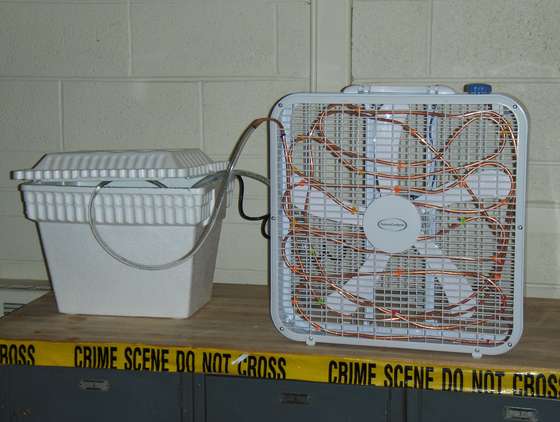
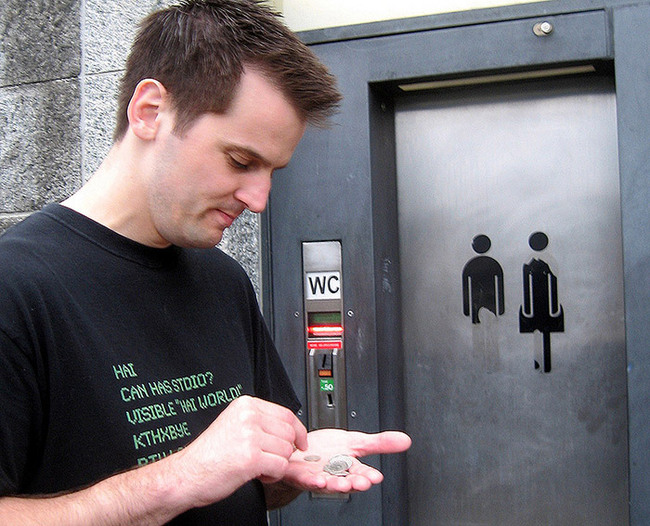
3 Responses to 5 Unexpected Inconveniences of European Travel